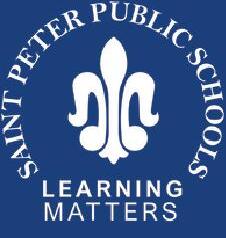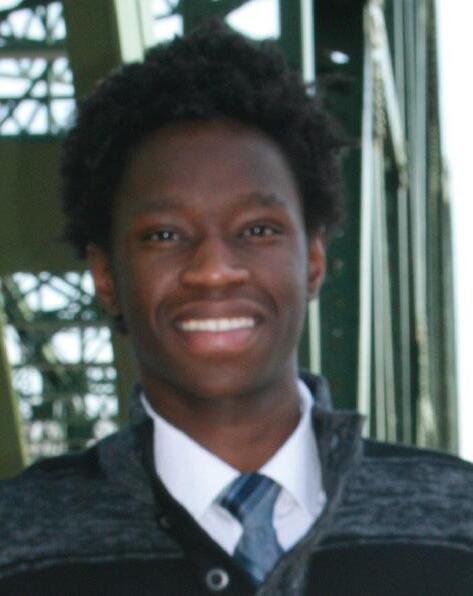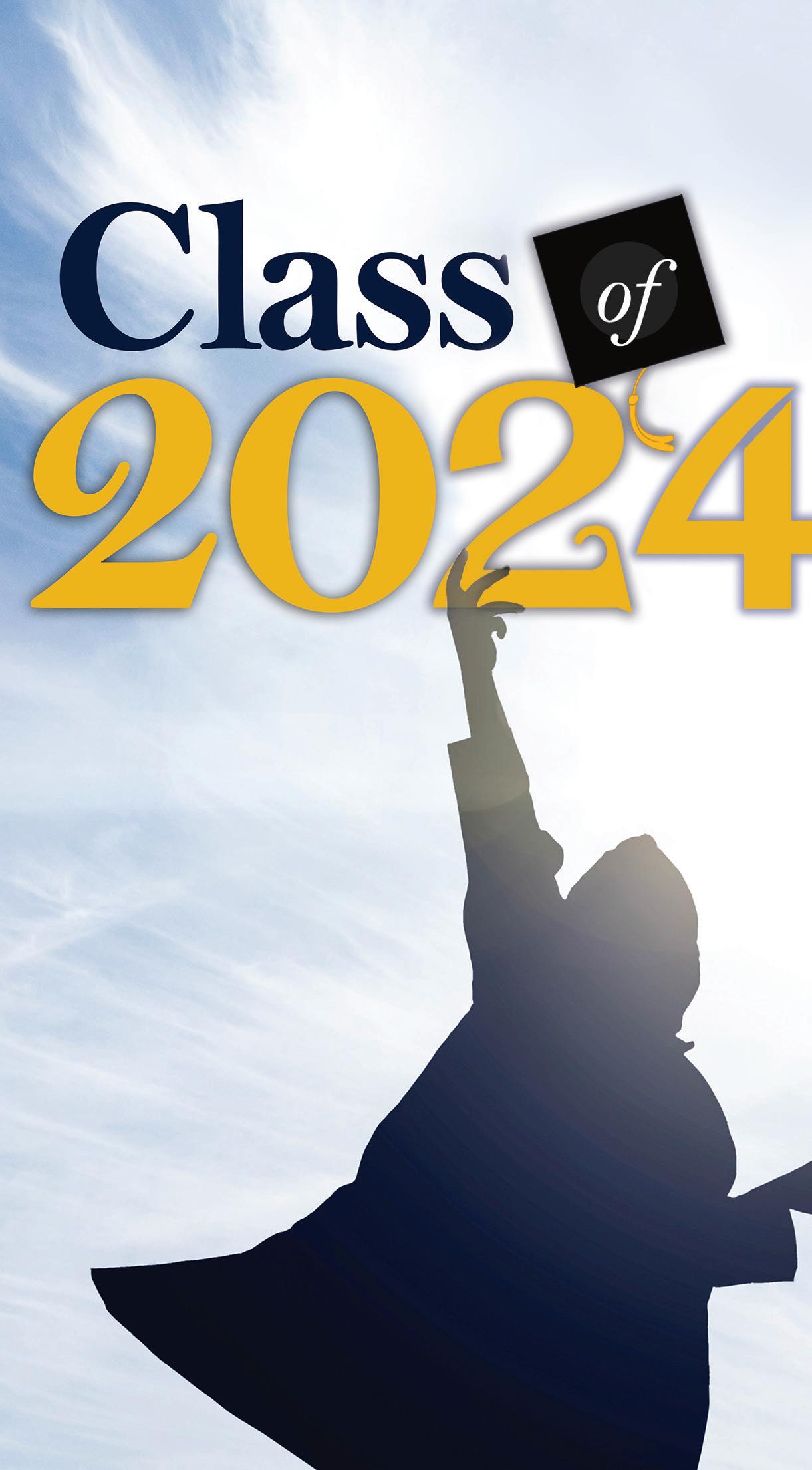



















Gustavus applauds your hard work and dedication.































Ryan
Parents:
Future



Parents:
Future plans: Minnesota State University, Mankato for integrated engineering

Parents:
Engstrand
Future

Parents:
Future

Future


Future

































































































































































































Aisha Abdi
Haadi Ahmed
Yasmin Ahmed
Mercades Anchondo
Brynn Anderson
Jaiden Boswell
Uthman Boudjerda
Alicia Castillo
Anoushka Chelladurai
Abdirahman Daud
Chase DesMarais
Zachariah Dickie
Angela Domagala
Geneva Dvorak
Jackson Frederick
Carlos Garcia

Hayli Glass
Alexis Gonzales Boettcher
Tiernan Gransee
Osvaldo Guerra
Hailee Guth
Jason Haas
Christiaan Hajos
Addison Hanson
Zetta Haugen
Cody Hernandez
Brandon Hill
Kafiya Hussein
Nabiil Jamac
Fatima Juantos
Austin Kleinschmidt
Robert Lahn
Sienna Larson





Steven Leiferman
Donavyn Logan
Jewel Lopez
Nicholas Mahowald
Xiomara McKenzie
Daniela Mendez Ruiz
Abdikarim Mohamed
Kadan Mohamed
Isai Morales-Bocanegra
Griffin Morgan
Brandon Nguyen
Ava Niebuhr
Abdirahman Osman
David Pehrson
Riley Poulsen
Hunter Prins
Victor Romero

Riley Rubischko
Abduzahid Said Shayma Said
Nawal SayidNour
Xiora Sepulveda-Franco
Alexander Shelton
Ernesto Torres
Justin Van Houten
Kyra Vanerlinde
Ianna Williams
Jade Wilson
Hodan Yussuf
Shaley Zarbano
Leah Zarn
Daniel Zhang



Cassandra Ann Connor
Parents: Bill & Rebecca Connor
Future plans: Attending South Dakota State University (SDSU) in the Fall.

Preston Paul Goettlicher
Parents: Kristi Krautkremer and Justin Goettlicher
Future plans: Kristi Krautkremer and Justin Goettlicher

Matthew Michael Holmquist
Parents: Lisa Holmquist and Matt Holmquist
Future plans: Minnesota State University, Mankato, majoring in Writing


Lilly Ray Croatt
Parents: Brian McVenes and Wendy Croatt Future plans: Taking a gap year and working towards getting my personal trainers license.

Emily Griffiths Parents: Abby & Kyle Mahler and Shawn & Denise Griffiths Future plans: Undecided

Hudson Robert Keup Parents: Kevin and Michelle Keup Future plans: Working

Dennis Warren Dent
Parents: Bryan Dent and Michelle Dent Future plans: Construction

Amelia Lee Haack
Parents: Kevin and Amber Haack Future plans: Going to college right after high school to become a preschool teacher

Lauren Joy Krohn
Parents: Scott and Kelle Krohn Future plans: Pursuing a nursing degree at South Central



Dylla Parents: Chris & Nick Dylla Future plans: University of Minnesota, Twin Cities – Wildlife Biology


Parents: Kathy Lamont and Brian Lamont
Future plans: Attending NOVA Academy of Cosmetology – majoring in cosmetology




Future






Future plans: Attending SCC where I will achieve an associates degree in agricultural and diesel service





































While many of the events surrounding graduation are steeped in tradition, there are plenty of ways to express your creative style. One of these ways comes in your graduation announcement.
Graduating from high school or college is a significant achievement, marking the culmination of years of hard work, dedication and personal growth. Sharing this milestone with loved ones is part of the celebration, and one way to do so is by sending out graduation announcements.
These announcements typically serve as a formal announcement of your achievement and provide an opportunity to express gratitude, share future

plans and invite others to join in the celebration. You can choose to go with traditional, formal formats or make your own creative, casual graduation announcement.
Jostens assures graduates there are no rules on how these work.
The first step in preparing graduation announcements is selecting a design that reflects your personality and style. Whether you prefer classic elegance, modern simplicity or bold creativity,
there are countless options to choose from, including traditional paper cards, digital designs and customizable templates. Consider factors such as color scheme, typography and layout to create a design that resonates with you and captures the spirit of your graduation.
When crafting your graduation announcements, be sure to include essential details such as your full name, graduation date, degree or diploma earned, and the name of your school or university. You may also want to include additional information, such as honors or awards received, future plans or aspirations, and a personal message of thanks or reflection.
Personalize your graduation announcements with a heartfelt message that reflects your journey and expresses gratitude to those who have supported you. Whether it’s a simple thank you to family and friends, a quote that has inspired you, or a personal reflection on your educational experience, adding a personal touch to your announcements can make them more meaningful and memorable.
Decide how you want to distribute your graduation announcements, whether it’s through traditional mail, email, social media or a combination of these methods. Consider the preferences of your intended recipients and choose the method that is most convenient and accessible for them.
If you’re sending physical cards, be sure to include postage and allow plenty of time for delivery. Give yourself plenty of time to prepare and send out your graduation announcements, ideally several weeks before your graduation date. This will ensure that your announcements arrive promptly and give recipients ample time to mark their calendars and make arrangements to celebrate with you.
Preparing graduation announcements is an opportunity to celebrate your achievements, express gratitude, and share the joy of this milestone with loved ones.
High school graduation ceremonies are steeped in tradition and symbolism, serving as a rite of passage for students transitioning from one phase of their lives to the next.
Over the years, these ceremonies have evolved significantly, reflecting changes in society, education and cultural norms.
The origins of high school graduation ceremonies can be traced to medieval universities, where students were awarded degrees in formal ceremonies known as commencements. These early ceremonies often included processions, academic regalia, and the conferral of degrees by university officials.
Over time, these traditions were adopted by secondary schools. In the U.S., graduation ceremonies in the 1900s included events for the graduating seniors, according to Jostens. These in-

cluded senior plays, banquets, picnics or sometimes even outdoor hikes and backpacking trips. “
Pomp and Circumstance,” the most commonly played processional, was written for the coronation of King Edward VII of Great Britain, according to History.com. In 1905, Yale bestowed an honorary degree on the song’s composer and played it for the graduation, a practice that was picked up by other schools.
Graduation ceremonies are formal events. Students are expected to dress appropriately, typically wearing caps and gowns in school colors. Guests should dress tastefully and refrain from disruptive behavior during the ceremony.
It is customary for attendees to arrive early, silence cell phones and remain
seated. Applause and cheering are encouraged at appropriate times, such as when graduates receive their diplomas, but excessive noise should be avoided out of respect for others and the proceedings.
Some schools limit the number of guests each graduate can have at the ceremony. Jostens recommends inviting one person from each wing of the family or coming up with a creative solution such as drawing names.
While specific elements of graduation ceremonies vary from school to school, several common components include:
1. Processional. The ceremony begins with a formal procession of graduates, faculty and school officials entering the venue to the accompaniment of music.
2. Welcome address. A school administrator or faculty member delivers a welcome address, greeting attendees and setting the tone for the ceremony.
3. Student speakers. Graduation ceremonies often feature speeches by student representatives, such as class
valedictorians or student council members, reflecting on their experiences and offering words of inspiration to their peers.
4. Presentation of diplomas. Graduates are individually called to the stage to receive their diplomas or certificates, often accompanied by handshakes or congratulatory remarks from school officials.
5. Commencement address. A keynote speaker, typically a distinguished guest or prominent community member, delivers a commencement address, offering words of wisdom and encouragement to the graduating class.
6. Turning of the tassel. At the conclusion of the ceremony, graduates participate in the symbolic turning of the tassel on their mortarboard hats, signifying their transition from students to alumni.
7. Recessional. The ceremony concludes with a formal recessional, as attendees exit the venue to the accompaniment of music.
Graduating from high school or college is a significant milestone, but it can also be a time of uncertainty and anxiety about what lies ahead.
The transition from student life to the real world can bring a range of emotions, from excitement and anticipation to fear and self-doubt. Navigating post-graduation anxiety requires resilience, self-awareness and proactive coping strategies to manage stress and uncertainty effectively.
WebMD reports that post-graduation distress is common. Libby O’Brien, a licensed professional counselor said, “The first thing to understand is that you’re not alone. Feeling anxiety, depression or some degree of ‘stuckness’ and discomfort after graduating is normal. It’s a change, and change can be very challenging to negotiate.
You don’t necessarily know what comes next.”
The first step in managing post-graduation anxiety is to acknowledge and accept your feelings. It’s normal to feel anxious or overwhelmed about the future, especially when facing uncertainty and change. Allow yourself to experience these emotions without judgment, and recognize that it’s okay to feel scared or uncertain about what comes next.
Set realistic expectations for yourself during the transition from graduation to the next phase of your life. Avoid comparing your journey to others’ or putting undue pressure on yourself to have everything figured out right away. Understand that it’s OK to take time to explore your options, make mistakes and learn from experiences along the way.
While there may be many unknowns about the future, focus on what you can control in the present moment. Set small, achievable goals for yourself, such as updating your resume, networking with

professionals in your field or researching job or educational opportunities. Taking proactive steps toward your goals can help you regain a sense of agency and empowerment.
Taking care of your physical, emotional and mental well-being is crucial during times of transition and uncertainty. Make self-care a priority by
getting enough sleep, eating healthily, exercising regularly and engaging in activities that bring you joy and relaxation. Practice mindfulness, meditation or deep breathing exercises to help calm your mind and reduce stress.
Tennessee Tech advises its graduates to invest in something they are passionate
about or to start a new hobby outside their comfort zone. It’s a way, they say, to re-energize and regain focus, especially if those were things that you were too busy to do while in college.
Don’t hesitate to reach out for support from friends, family members, mentors or mental health professionals if you’re struggling with post-graduation anxiety. Talking openly about your feelings and concerns can provide validation, perspective, and practical advice for navigating this challenging time. Surround yourself with people who uplift and encourage you, and don’t be afraid to lean on others for support when needed.
Instead of viewing uncertainty as a barrier or source of anxiety, try to re-frame it as an opportunity for growth, exploration and self-discovery. Embrace the unknown as a chance to try new things, learn from experiences and expand your horizons. Remember that setbacks and challenges are a natural part of the journey and can lead to unexpected opportunities and insights.
As recent graduates embark on their professional journeys, building and nurturing a strong network of professional connections is essential for long-term success and career advancement.
Networking provides opportunities to exchange ideas, gain insights and open doors to new opportunities.
Attend networking events, industry conferences, career fairs and professional meetups in your area. These events provide valuable opportunities to meet and connect with pro-
Begin your networking journey by tapping into your existing network of family, friends, classmates, professors and alumni. Let them know that you’re actively seeking opportunities in your field and ask whether they have any advice, leads or connections they can share. Personal referrals and introductions can be powerful tools for expanding your network and uncovering hidden opportunities.
fessionals in your field, learn about industry trends and expand your knowledge and skills. Be proactive and approach people with confidence, introducing yourself and initiating conversations about shared interests and goals.
Online networking platforms such as LinkedIn, X (formerly known as Twitter) and professional forums provide powerful tools for connecting with professionals and building your personal brand. Create a compelling LinkedIn profile that highlights your skills, experiences and career goals, and actively engage with industry influencers and thought
leaders by sharing content, participating in discussions and connecting with people in your field.
Volunteering for industry-related events, community service projects or nonprofit organizations is a great way to meet like-minded professionals, gain valuable experience, and give back to your community. Consider joining professional organizations, clubs or associations in your field, where you can network with peers, attend workshops and seminars, and access resources and opportunities for professional development.
Networking is not just about making connections — it’s about building mutually beneficial relationships based on trust, respect and authenticity. Approach networking with a genuine interest in getting to know people, understanding their needs and goals and offering value wherever you can. Be a good listener, ask thoughtful questions and follow up with people you meet to nurture and maintain your connections over time.
After networking events or meetings, follow up with your new contacts to express gratitude, re-
inforce your connection and explore potential opportunities for collaboration or further discussion. Keep in touch with your network regularly by sending personalized messages, sharing relevant articles or resources and offering assistance or support whenever possible.
Networking can open doors to new opportunities, support career growth and enhance professional success for recent graduates. Remember that networking is a long-term investment in your future, so be patient, persistent and proactive in building and maintaining your network over time.
Caps and gowns are iconic symbols of graduation ceremonies, representing academic achievement, tradition and the transition from student to graduate.
From their origins in medieval academia to modern-day celebrations, caps and gowns have remained an integral part of graduation attire, steeped in symbolism and tradition.
Origin and Symbolism
The tradition of wearing caps and gowns dates back to medieval Europe, where scholars and clergy donned academic robes as a symbol of their status and learning.
These early robes were practical garments designed to keep scholars warm in unheated buildings, with hoods serving as makeshift head coverings. Over time, academic dress became more standardized, with distinct styles and colors representing different degrees, disciplines and institutions.
Today, caps and gowns are worn by graduates at high school, college and

university graduation ceremonies around the world. The cap, or mortarboard, symbolizes the culmination of academic achievement, while the gown represents scholarly tradition and dignity.
How to Wear Them
Wearing caps and gowns correctly is an important part of graduation etiquette. Here’s how to do it according to Jostens:
Cap: Place the mortarboard squarely on your head, with the front point centered and the tassel hanging to the right side. The cap should sit flat
and level, not tilted or cocked to one side. Men should take the caps off during the school song and the National Anthem.
Gown: Put on the gown with the zipper or buttons at the front. The sleeves should hang down naturally, with the hem of the gown falling to mid-calf length. If the gown has a hood, drape it over your shoulders with the velvet trim facing outward. Traditionally, garments worn under the gowns include dark trousers with dress shirts or lightweight dresses or blouses and skirts that do not hang
below the gowns. Some people wear a detachable white collar. Flowers and jewelry should not be worn on the gown.
Tassel: At many graduation ceremonies, the tassel starts on the right side of the cap and is moved to the left side after receiving your diploma. Some schools have specific instructions for when to turn the tassel, so be sure to follow any guidance provided by your institution.
Sometimes caps and gowns are accessorized with stoles or honor cords depending on the school’s traditions.
In recent years, there has been a growing trend of decorating mortarboards with creative designs, personal messages, and symbols representing graduates’ interests and achievements. This tradition of personalizing mortarboards has its roots in individual expression and celebration.
A professor from the University of Nevada, Las Vegas, Sheila Bock, researches mortarboards. She said the earliest examples she found of people decorat-
ing mortarboards were in the 1960s as protests against the Vietnam War. Graduates use a variety of materials and techniques to decorate their mortarboards, including paint, glitter, rhinestones, fabric and decals. Common motifs include graduation caps, diplomas, school mascots, quotes and symbols representing future aspirations or hobbies. Decorating mortarboards has become a fun and creative way for graduates to express their personalities and commemorate their academic journey.